The Kangaroo Rat is a small North American rodent. These creatures have no relation to the marsupial kangaroo. Rather, their name derives from their unique hopping behavior and long rear limbs. Researchers recognize 20 different species, and place them all in the taxonomic genus Dipodomys. Read on to learn about the Kangaroo Rat.
Description of the Kangaroo Rat
Outside of their unique hind legs, these rodents look nothing like kangaroos. They are similar to other small mice and rats. Their bodies are small and rather round, their tails are quite long, and they have small round ears.
Most species are quite small, and weigh about four ounces. They range in size, but grow no longer than six inches long. Their tails usually grow as long as, or longer than, their bodies, and reach up to eight inches long.
Interesting Facts About the Kangaroo Rat
These cute little rodents have several defining traits and characteristics. Learn more about what makes them unique below.
- Family Matters – Researchers place these little rodents in Geomyoidea “superfamily” along with several other groups of rodents. This means their closest relatives are the kangaroo mice, pocket mice, and pocket gophers.
- Living Up to Their Name – As far as stance and movement go, they might not look like kangaroos, but they sure act like them! These rodents move bipedally, or on their hind legs. They hop along on their long rear legs just like kangaroos do.
- Hop to It – Despite being just six inches long at the most, these rodents can leap up to six feet! When moving quickly, they can also reach speeds up to six miles per hour.
Habitat of the Kangaroo Rat
Though many different species exist, these rodents all occupy similar habitat types. They prefer arid and semi-arid regions with low rainfall and dry heat. Most utilize regions with soft, sandy substrate, which makes it easier for them to burrow. Some other habitats include grasslands, scrubs, desert, dunes, and more.
Distribution of the Kangaroo Rat
While each species has their own unique range, all 20 live in Western North America. The various species live in California, Mexico, Texas, Nevada, and some of the surrounding regions. Some species live across larger expanses that span several states. Other species have tiny populations and only live in a single isolated region.
Diet of the Kangaroo Rat
All of the various species are herbivores, which means that they eat plants. More specifically, they feed primarily and seeds and grains, making them granivorous. They collect seeds in their cheek pouches, and store them in underground burrows for later eating. They also feed on the seeds of crops when possible.
Kangaroo Rat and Human Interaction
Human activity impacts the different species in different ways. Some species have larger populations and do not suffer heavy losses due to human activity. Other species face more dire threats. Regardless of the species, the activities that threaten these rodents include mining, construction of roads, hunting, agriculture, and poisoning.
Domestication
Humans have not domesticated these creatures in any way.
Does the Kangaroo Rat Make a Good Pet
No, these rodents do not make good pets. They are desert creatures and have specific temperature and humidity requirements. In most places, it is also illegal to own one as a pet.
Kangaroo Rat Care
Zoos keep some species of Kangaroo Rats, particularly those under threat and in conservation programs. For instance, the Tipton Kangaroo Rat is endangered, its population limited to the southern San Joaquin Valley, in California.
Zoos control their enclosures for temperature and humidity, and provide the rats with soft sand to burrow in. Most also provide artificial burrows for them to explore and sleep in. Zookeepers try to replicate their wild diets as closely as possible, and they feed them a wide variety of seeds and nuts.
Behavior of the Kangaroo Rat
Though they live in close proximity to one another, these rodents are territorial. They protect their burrows, and their food stores, closely. Most species are nocturnal, or active at night. During the daytime they return to their burrows to hide from predators, and the intense heat of the day. Males and females sometimes have overlapping territories, but only interact during the breeding season.
Reproduction of the Kangaroo Rat
Some species breed once per year, others breed twice. Their litters contain about five young each, though this varies by species. Most have a gestation period of three or four weeks, and wean their young after just two or three weeks. The young reach sexual maturity when they are just two or three months old.

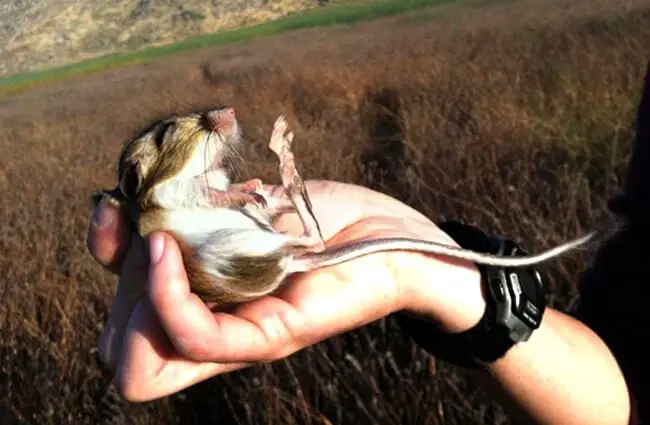


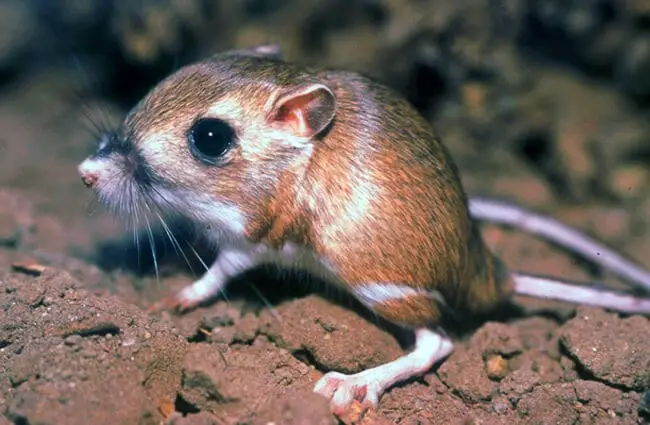


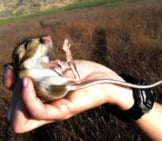

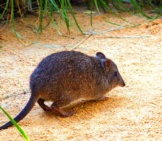
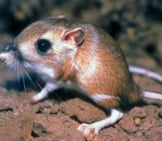

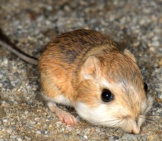
![Red Angus Closeup of a beautiful Red Angus cowPhoto by: U.S. Department of Agriculture [pubic domain]https://creativecommons.org/licenses/by/2.0/](https://animals.net/wp-content/uploads/2020/03/Red-Angus-4-238x178.jpg)


![Red Angus Closeup of a beautiful Red Angus cowPhoto by: U.S. Department of Agriculture [pubic domain]https://creativecommons.org/licenses/by/2.0/](https://animals.net/wp-content/uploads/2020/03/Red-Angus-4-100x75.jpg)

